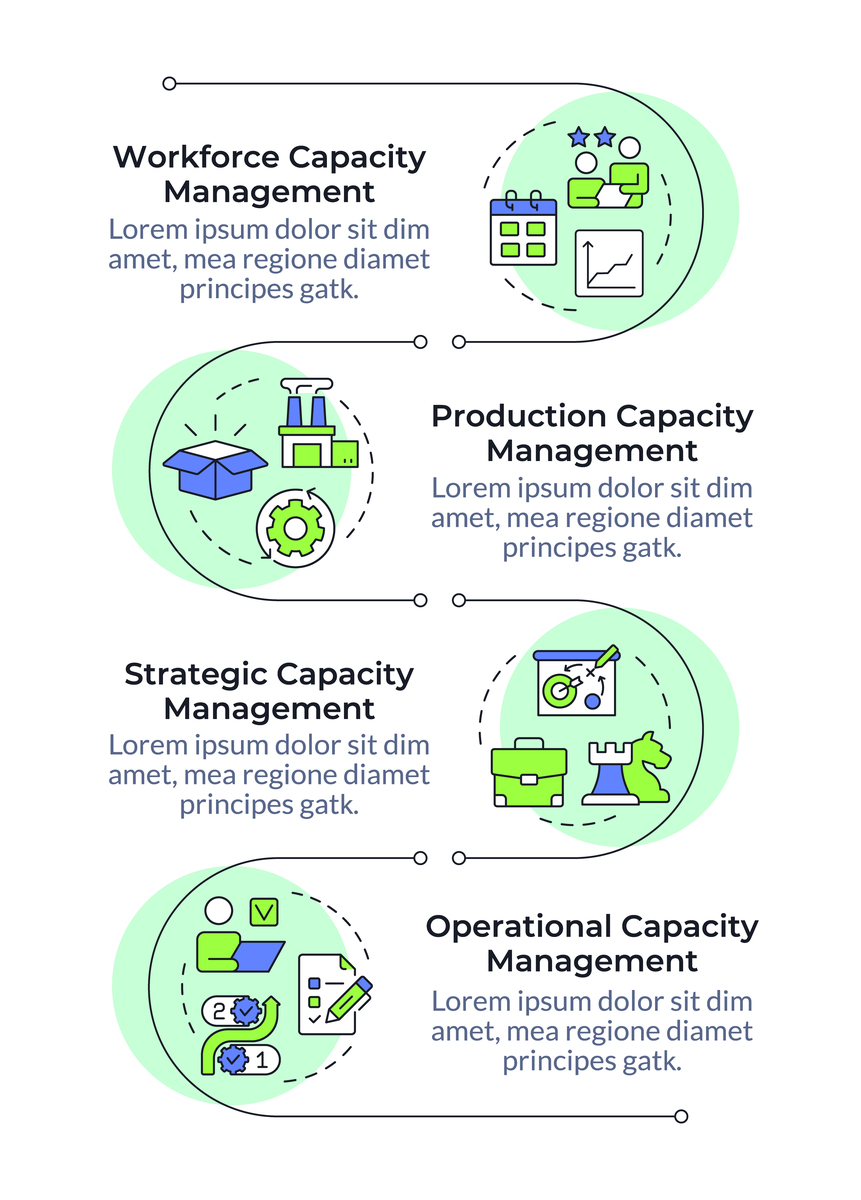CT是一种在临床医学中重要的诊断方式其通过人体组织的异质性和密度差异将人体对X光的吸收程度转换为骨骼、肌肉、组织等人体解剖结构的内部形态被广泛用于早期诊断、术后干预等。然而由于严重的散射噪声和截断投影CT质量受到伪影的影响例如阴影、钙化和金属使其不适合准确的剂量计算影响成像质量及后续诊断。尽管现有的基于深度学习的方法在CT图像的质量增强方面取得了可喜的成功其中大多数方法沿用了该任务经典算法的思路利
CT is an important diagnostic modality in clinical medicine, which converts the absorption of X-rays by the human body into internal morphology of anatomical structures such as bones, muscles, and tissues, by exploiting the heterogeneity and density differences of human tissues. It is widely used for early diagnosis and postoperative intervention. However, the quality of CT is affected by artifacts due to severe scatter noise and truncation projection, such as shadows, calcifications, and metal, making it unsuitable for accurate dose calculation and affecting imaging quality and subsequent diagnosis. Although existing deep learning-based methods have achieved promising success in CT image quality enhancement, most of these methods follow the idea of classical algorithms for this task, using dual-domain analysis of image and signal domains to remove artifacts. However, this framework is difficult to cope with the artifact patterns caused by complex metal implants and can introduce new noise in the mapping process

原文地址: https://www.cveoy.top/t/topic/h8cB 著作权归作者所有。请勿转载和采集!